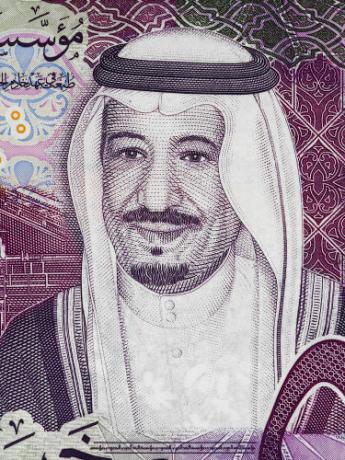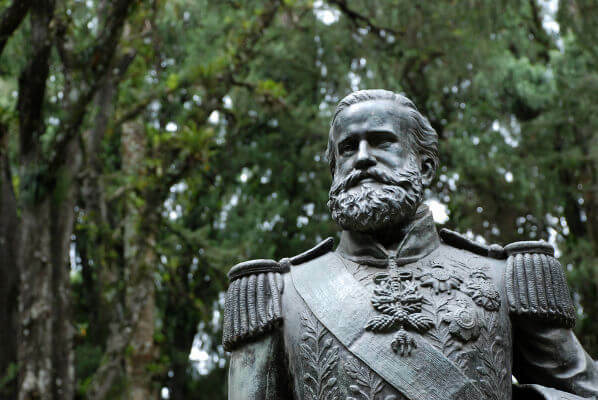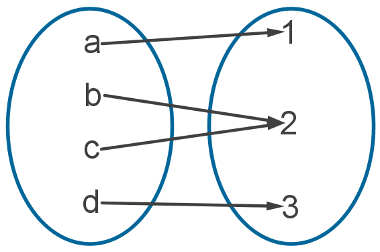Monarchy it is a form of government, being the oldest in use today. In a monarchy, the king/queen or emperor/empress holds the position of monarch and is usually head of state, it can also be head of government. This variation will basically depend on the type of monarchy.
The monarch's power within monarchies is generally for life and hereditary, that is, the monarch's power it extends throughout his life, being transmitted only with his death or with his resignation from the position of monarch. Furthermore, because it is usually hereditary, the power of monarchs is transmitted from father or mother to son or daughter.
Currently, there are in the world 44 countries that adopt the monarchy in different ways, as we will see in this text. The form of government that opposes the monarchic form in the rest of the planet are the republics, a form of government in which the president, not the monarch, is the head of state and government.
Throughout history, there have been several examples of monarchic governments, such as the
monarchic rome, which existed between 753 a. Ç. up to 509 a. Ç. Another example is the Holy Roman Empire that existed in Central Europe, between 962 and 1806.Outside Europe, there were also monarchic governments, such as the Kingdom of Axum, which existed in the current territory of Ethiopia, until the 10th century, and the Mongolian Empire, which existed until the 14th century and controlled a vast territory in Central Asia, dominating lands even in Eastern Europe.
Currently, of the 44 monarchies in force, most of them have Queen Elizabeth II your head of state. Those countries that have Elizabeth II as head of state are linked to the Commonwealth, the community of nations that have had some colonial link with the United Kingdom (although there are two nations that were not colonized by the British as part of this community).
Also access:Discover the story of Elizabeth I, English queen in the 16th century
Do not stop now... There's more after the advertising ;)
Types of monarchy
There are two types of monarchy currently in force: a monarchyconstitutional and the monarchyabsolute.
Constitutional monarchy
This is the most common form of monarchy that currently exists and is characterized by the limitation of monarch's powers. In constitutional monarchies, the power of the monarch is limited by constitutional attributions. Most constitutional monarchies also adopt the parliamentarism as a system of government and thus are known as parliamentary constitutional monarchies.
In parliamentary constitutional monarchies, the head of government is the Prime Minister, who is chosen from among the Members of Parliament. Members of Parliament, in turn, are elected through popular election. Thus, within constitutional monarchies, the monarch occupies the position of head of state and is only a decorative figure, as he does not have government powers.
Examples of constitutional monarchies:
United Kingdom (England, Scotland, Wales and Northern Ireland)
Sweden
Denmark
Spain
Japan
absolute monarchy

Salman bin Abdulaziz Al Saud is the current king of Saudi Arabia and one of the symbols of absolute monarchy.
In absolute or absolutist monarchy, the monarch has extensive powers over the country. Thus, in addition to being head of state, the monarch is also head of government. Within the absolute monarchy the monarch's powers are above any institution, since its power is absolute. Using current political terms, the monarch within this structure concentrates the functions of the three branches and can act as executive, legislative and judiciary.
This form of government was very common in Western Europe and countries like France and the United Kingdom were great symbols of the power of absolutist kings. Later, with the liberal revolutions carried out by the bourgeoisie, these absolutist monarchies were losing ground to the constitutional monarchies and the republic.
Currently, there are still some absolutist monarchies in the world:
Bahrain
Oman
Saudi Arabia
Eswatini (former Swaziland)
Brunei
To learn more about this subject, we recommend accessing this text: Absolutism.
Monarchy Characteristics
As there are a lot of monarchies around the world, and how the functioning of each one of them is determined, exclusively, for the interests of each of these monarchic countries, it is very complicated to define the characteristics of the monarchies. Anyway, some features can be highlighted.
Monarchies, in general, have the monarch as their main political figure, but his name varies from country to country, and can be called King queen, emperor/empress, ggrand duke/grand duchess, co-prince, In Go, Sultan etc.
Another important characteristic of monarchies is the fact that the succession in most of them is hereditary, that is, passing from father/mother to son/daughter. A minority among the monarchies works with the successionelective, that is, the monarch is elected for a temporary term. Among the monarchies with elective succession is the Malaysia, in which the king, called in Malay the Yang di-Pertuan Agong (Supreme Leader), is elected to the office for a term of five years.
Among other typical features of monarchies can be highlighted:
The coronation and acclamation ceremonies of monarchs;
Link between monarchs and a dynasty, that is, a family that has in its lineage the right to inherit the throne.
Also access:Understand how an impeachment occurs in presidentialism and parliamentarism
Monarchy in Brazil

In Brazil, the main monarch was d. Pedro II, emperor of Brazil for 49 years (1840-1889).
Currently, Brazil is a presidential republic and this model has been in force in our country since 1889 (although, throughout the period, the functioning of democracy has been quite deficient). Before Proclamation of the Republic, Brazil adopted the monarchy as a form of government.
The monarchy was the form of government adopted in Brazil since the Independence, which took place on September 7, 1822. Until November 15, 1889, Brazil was a monarchy and throughout that period our country had two emperors, d. Peter I (first reign) and d. Pedro II (second reign). There was an interval between the two reigns, known as Governing Period.
Brazil, during the monarchic period, had a Constitution that was granted on March 25, 1824. This Constitution gave full powers to the emperor and divided Brazil into four powers: executive, legislative, judiciary and moderator (the latter was represented by the emperor). The Brazilian government, according to this Constitution, was hereditary and passed on to the descendants (sons) of the monarchs. If you want to know more about this Constitution, read this text: Constitution of 1824.
With the Proclamation of the Republic, the monarchy ended in Brazil, in 1889, and the succession to the Brazilian throne was interrupted. At that time, the heir to the throne was the Princess Isabel, daughter of d. Peter II.
*Image credits: Featureflash Photo Agency and Shutterstock
By Daniel Neves
Graduated in History

